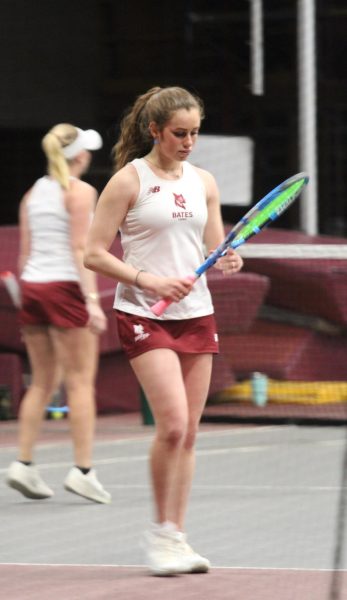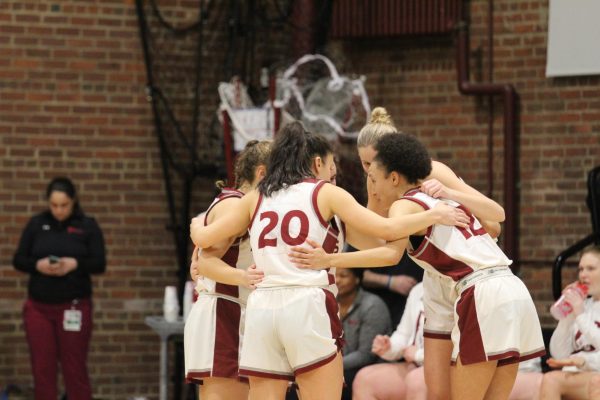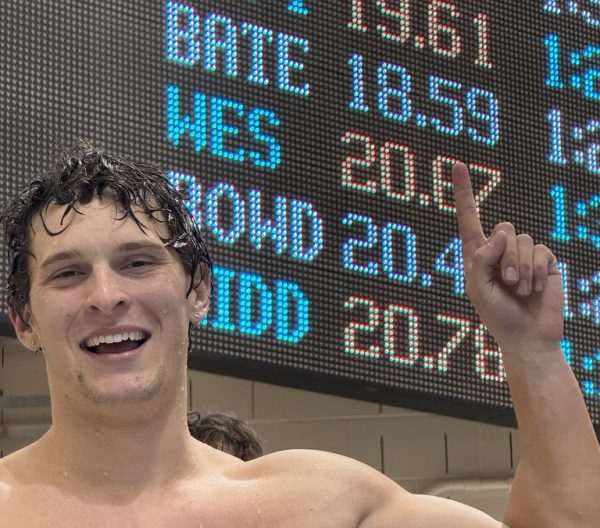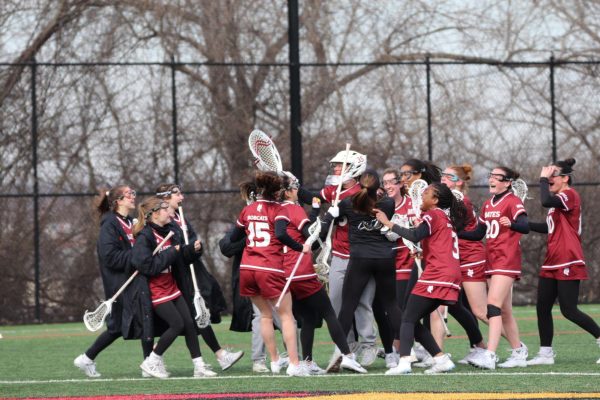Michael Lopez ‘04 on the NFL, Data, and Bates
Michael Lopez, the Senior Director of Data and Analytics at the NFL, sat down with the Student to discuss the projects closer to his heart and how he hopes Bates students can get involved.
When Michael Lopez ’04 was a student at Bates, having a career in analytics at a major sports league wasn’t an option.
“There weren’t careers and football data that existed, at least for folks to sort of aim for,” he said. “But now that there is an influx of rich and informative data and [in] a lot of these leagues, there are more job opportunities.”
Those employment options greatly benefited Lopez, a former professor of statistics at Skidmore College: he swapped out academia for professional sports and is now currently serving as the Senior Director of Data and Analytics at the NFL.
Lopez, who was recently named to The Athletic’s NFL 40 under 40 list, mainly focuses on using different data to learn about football.
“The game itself is exciting, it’s competitive, it’s fast-paced, and every year it’s something new,” he said. “There’s kind of an endless list of questions our group is tasked with answering.”
Another plus is getting to attend the Super Bowl often, he added.
Sports statistics and data have always been a passion of his, even when he was a student at Bates where he played football. Lopez wrote his senior thesis on statistics in baseball, since, he says, “there was no good football data out there.” That lack of information inspired him to create and share as much data as he could with the public. So far, he’s succeeded.
“I don’t know if I would call it a grudge, but I definitely carried that with me for several years, to the point that I just wanted a richer set of data out there for football fans, like Mike Lopez from 2003, to be able to look at,” he said.
That desire, or grudge, as he called it, led him to creating the Big Data Bowl, a competition put on by the league since 2018. Every year, Lopez’s team releases player tracking data from past seasons and a theme. They then give participants a couple months to solve the questions the best they can. According to their official website, contestants in each year’s Big Data Bowl compete for prizes ranging from “game tickets to cash, including a $100,000 prize” during the 2020-21 competition.
It’s basic crowdsourcing, he said. In addition to helping answer questions, many teams and other professional sports leagues hire participants who submit good answers.
“I would encourage folks that are interested in analytics and statistics and computer science to pay attention,” Lopez said. “It’s a job fair, it’s a way of recruiting folks that are talented in the statistics and data science worlds, it’s a way of recruiting them into football because our teams want to hire analysts that can handle this data.”
In the past three years the event has occurred, over 20 people have been hired to different teams and leagues including the NBA, the MLB, and the MLS. Oftentimes teams have hired participants who haven’t won the competition but showed great creativity in their responses. The San Francisco 49ers, Baltimore Ravens, Jacksonville Jaguars, Cleveland Browns, New York Jets, and Detroit Lions have all hired past submitters.
To compile the data used for the Big Data Bowl, Lopez and his team work with Next Gen Stats. In the NBA and other sports leagues, teams use cameras to track statistics for their players. In the NFL, however, it’s hard to do that since the players are so close together. Instead, the league uses radio-frequency identification (RFID) tracking data, where they plant two chips on the players’ shoulder pads and get a plethora of statistics from their performance.
The RFID chips are also planted on the uniforms of officials, pylons, sticks and chains, and in the game ball. The chips are able to capture player data including location, speed, distance traveled, and acceleration at a rate of 10 times per second.
“You reduce the 20 players in the field to 20 dots, you can sort of follow them in two dimensions wherever they go,” Lopez said. “There’s kind of like a video game aspect to it. But it also opens up a lot more analyses in football that previously you would have to watch film to get.”
That data is both used for “entertainment and sort of informative purposes,” Lopez said. In 2018, the year he was hired, the league began releasing the data more broadly to all the teams.
No Bates students have ever entered the Big Data Bowl, but Lopez hopes that will change this year.
“Even if you’re not interested in football, it’s just a good way to sort of get up to date with what analysts are looking at,” he said. “It’s worth a shot, just to give it a look.”
Your donation will support the student journalists of Bates College and help us cover our annual website hosting costs.







